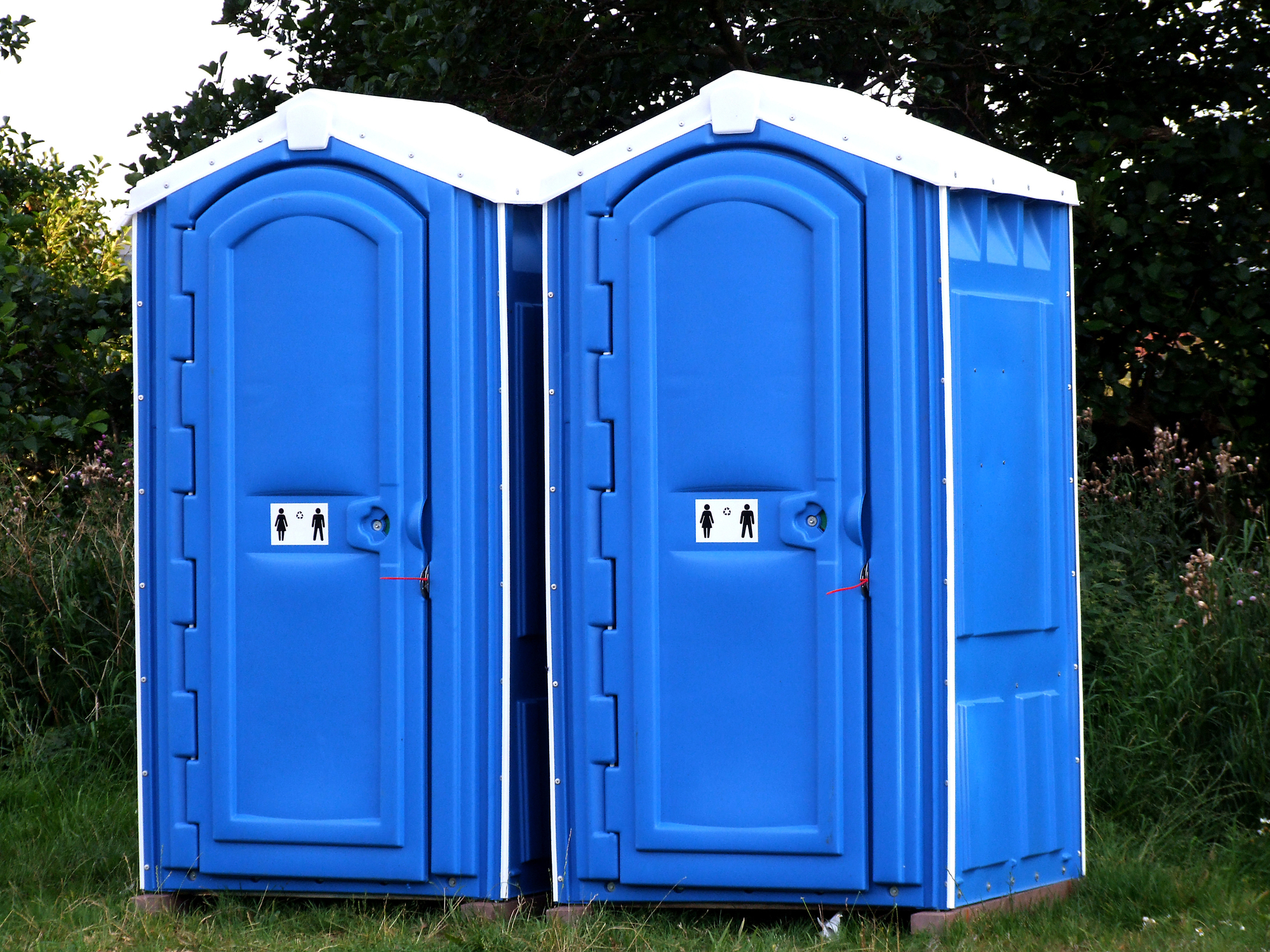
Understanding the Environmental Impact of Septic Systems Nov 19, 2025
First, it's essential to understand the basic workings of a septic system. Typically, these systems consist of a septic tank and a drain field. Wastewater leaves your home and enters the tank, where solids settle to the bottom and are processed by bacteria. The remaining liquid effluent then moves to the drain field, where it is naturally filtered by the soil.
One of the primary environmental benefits of septic systems is their use of natural processes to treat wastewater. They rely on soil’s filtration abilities and the activity of microbes to break down and neutralize contaminants, minimizing the need for chemicals. This can reduce the environmental footprint compared to centralized sewage treatment facilities, which often rely on chemical treatments and extensive infrastructure.
However, septic systems can pose environmental risks if not properly maintained. A malfunctioning system can lead to nutrient pollution, particularly nitrogen and phosphorus, which can seep into groundwater and nearby water bodies. This pollution can cause eutrophication, leading to excessive algae growth that depletes oxygen in the water, harming aquatic life.
To combat these potential issues, regular maintenance of septic systems is crucial. At 2 Lazy 2 P Septic Services, we recommend annual inspections and routine pumping every three to five years, depending on usage and household size. Regular check-ups ensure that the system is functioning correctly and can identify early signs of failure, such as slow drains, unpleasant odors, or standing water in the drain field. These precautions can significantly mitigate environmental risks.
Additionally, using water efficiently and being mindful of what goes down the drain can enhance a system's performance and longevity. Reducing the flow of unnecessary grease, oils, and non-biodegradable materials into the system can prevent clogging and reduce the load on the septic tank and drain field, further protecting nearby surface and groundwater.
Septic systems can also support sustainable landscaping strategies. By integrating the drain field with thoughtfully chosen plants, homeowners can promote soil health and assist in the natural breakdown of effluent. Plants with deep root systems, such as native grasses, are particularly effective in reinforcing the soil structure and enhancing drainage.
In conclusion, septic systems offer an environmentally friendly way to manage wastewater, especially when regularly maintained and conscientiously used. At 2 Lazy 2 P Septic Services, we are committed to providing top-quality service to help you manage your septic system efficiently, ensuring that it continues to function effectively while minimizing environmental impacts. Understanding and addressing the environmental implications of septic systems can lead to healthier ecosystems and a more sustainable future. If you're unsure about your system’s current status or need assistance, reach out to our expert team today – we are here to help you every step of the way.
/filters:no_upscale()/media/b5c2e42e-ff56-4c46-af6a-f458ee984d26.jpeg)
/filters:no_upscale()/filters:format(webp)/media/b11fe546-6b32-4abc-9bd4-e48f12b6f844.jpeg)